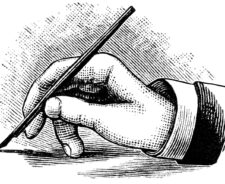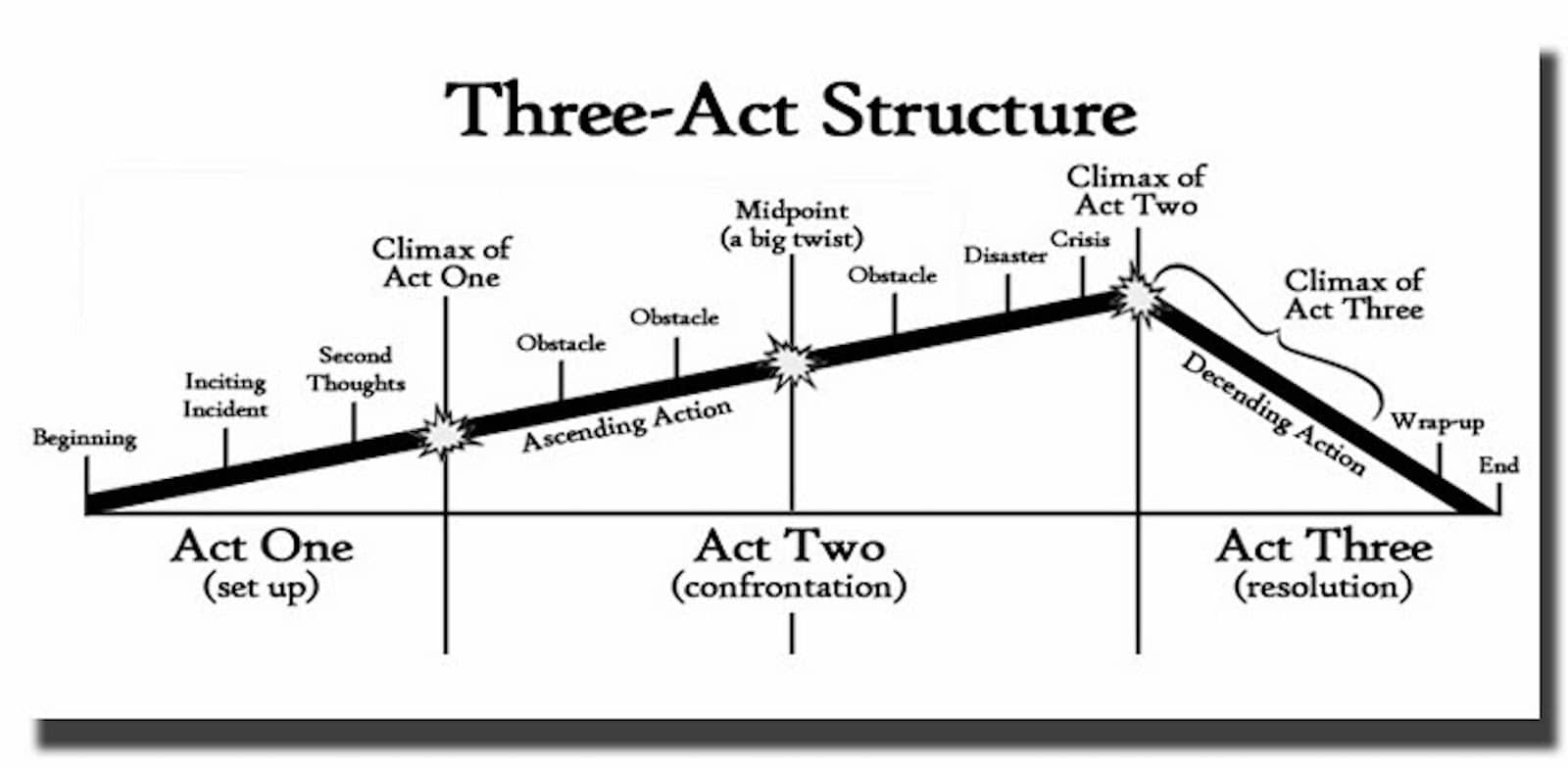“You don’t have to be writing something that’s a burning social issue. It can be about making a hat. What’s important is that it’s the best version of whatever it is.” Aaron Soarkin.
So you want to be a screenwriter?
You want to touch hearts with stories, you watched a movie as a kid and you were captivated by the image, the story, and the characters.
You grew up and discovered that you have a voice, a message and some words to tell the world.
The only problem left is how.
How to turn those brilliant ideas in your head into a compelling visual screenplays.
Before I tell you how to exactly do that.
Let’s delve into the basic steps of writing a screenplay:
What is Screenwriting?
Screenwriting is a story medium that translates themes, ideas, meanings in a form of an moving image.
It’s the same as a novel, short story, a tale in the aspect of telling a story.
But it is different.
Because it’s meant to be for the screen. If a novel is meant to be read, the screenplay is meant to be shot and watched.
How to Write a Screenplay?
There are many ways, steps, and methods to approach the process of writing a screenplay.
No one can claim their is the best.
The best way is the way that you can figure out yourself.
But that doesn’t mean you have to do it all by yourself.
So here is a step-by-step process you can follow for your first draft:
Step One) Logline & Idea
Good story starts with a good idea.
Some writers know what they’re going to write about while a lot of them don’t.
In both cases, it’s better to start from a position of knowing what you are going with.
Starting with your story ideas, define the next 4 elements:
- Protagonist: who is your story hero and what do they want?
- Antagonist: who or what is standing in your hero’s way that is preventing them from getting what they want?
- Inciting Incident: what is the main event that occurs in the beginning of your story that sends your hero in their journey?
- Action: what your hero has to do or learn in order to get what they want?
Once you figure that out, put this in a LOGLINE.
What is a logline?
It is a brief, one or two-sentence summary of a film or TV show that highlights the main plot, central conflict, and key characters, giving a clear sense of the story’s essence and hook.
Logline Formula:
Inciting Incident that sets the story in motion, makes my Protagonist perform an act but someone or something is getting in their way….
Example from one of my favorite movies:
The Prestige
After a tragic accident, two stage magicians in 1890s London engage in a battle to create the ultimate illusion while sacrificing everything they have to outwit each other.
Step Two) Writing Your Treatment: The Backbone of your Screenplay
A treatment is a detailed synopsis of your story, from beginning to end.
It is meant to ease up your writing process, so you can spot plot mistakes before writing the screenplay.
here’s an example of a treatment:

Here is how to write your treatment:
- write e brief description for each of your main characters; their names, ages, attitude, and their role in your story
- divide the treatment into 3 main acts.
- under each act write a detailed description for the main events that occur in the story, from the first event, to the last.
This way, you’ll have a complete finished treatment.
In this step may require you to know more about screenplay structure, which I’ll be covering in the fourth lesson of this course.
Step Three) Scenes & Dialogue
After writing the treatment, and knowing where your story is going.
It’s time to put your story in motion by starting to write the scenes.
Scenes and Dialogues are the bricks of your whole screenplay.
Each Scene & Dialogue aims to do the next:
- Give the audience a new information
- Move the story forward with a new event
- Reveal information’s about the plot or characters
- Contain a direct or undirect conflict between characters
If your scene & dialogue is not doing one of those you should delete it or edit it.
Formatting Elements of a Scene:
- Scene head: comes in top the scene, it’s written with upper case.
- Action Line: it’s written with the present tense, describes what happens in the scene.
- Character Name & Dialogue: every time a character speaks, it’s name is written in the middle of the page with the speaking lines under it.
- Transition; even though this is the work of the Editor, but sometimes you might need to use them between the scenes. Most usable ones are: CUT TO, CUT TO BLACK, FADE IN, FADE OUT.
here’s an example from the Oscar-Winner movie Get Out 2017 screenplay

These were the simple basics & steps of screenwriting, there are still crucial steps and notions in the craft of screenwriting.
Some of them are: themes, genre, conflict, character creation…etc.
Which we’ll delve in the next coming emails.
In the next email we’ll delve into writing your story idea and defining the genre & theme.
See you in 2 days 🤠
Welcome to WordPress. This is your first post. Edit or delete it, then start writing!


Hi, this is a comment.
To get started with moderating, editing, and deleting comments, please visit the Comments screen in the dashboard.
Commenter avatars come from Gravatar.
This is good, thanks!